SOURCE: RAUNAK KUNDE / NEWS BEAT / IDRW.ORG
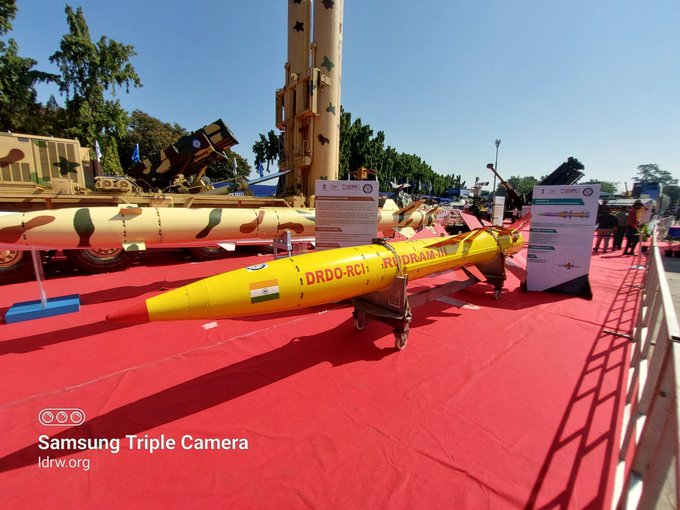
PICTURE OF RudraM-III
In a groundbreaking development, the Defence Research and Development Organisation (DRDO) has achieved yet another milestone, successfully conducting trials of the Rudram-II, an advanced Air-to-Surface Missile (ASM) with impressive capabilities. Dr Samir V Kamat, Chairman of DRDO, confirmed this remarkable achievement to local media, signaling a significant leap forward in India’s indigenous defence capabilities.
The Rudram-II has been designed to be launched from two of India’s most potent fighter aircraft, the Sukhoi-30 and Mirage-2000, marking a strategic enhancement to the firepower of the Indian Air Force (IAF). The missile boasts an impressive operational range of 300 kilometers, allowing it to reach distant targets with unmatched precision and effectiveness.
Continue readingSOURCE: RAUNAK KUNDE / NEWS BEAT / IDRW.ORG
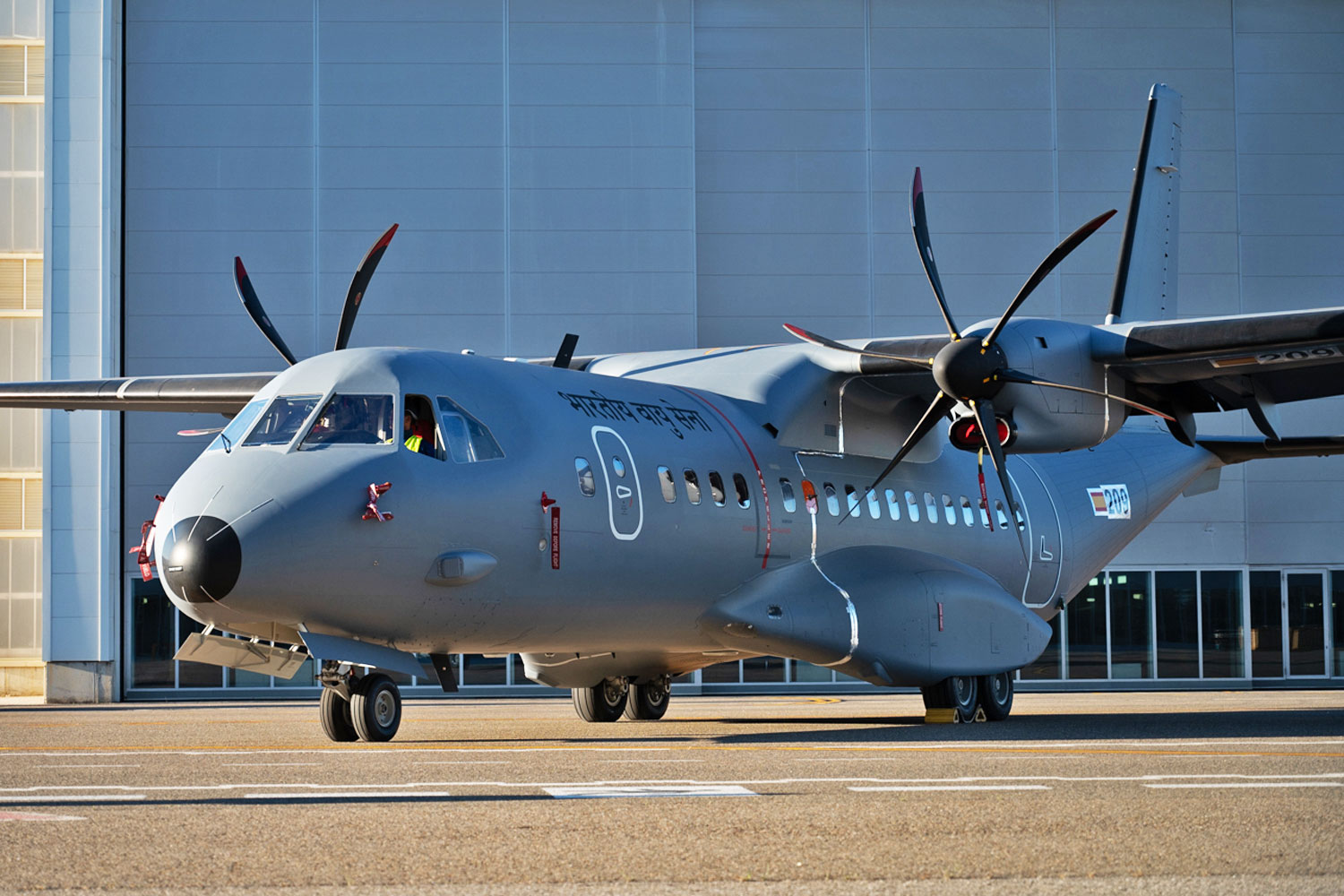
In a significant step towards bolstering India’s indigenous defence capabilities, the country is set to receive its first Made in India C295 aircraft in 2026. This momentous achievement follows the Rs 21,000-crore deal signed with Airbus Defence and Space, Spain, in September 2021, marking a major stride in India’s journey towards self-reliance in defence production.
The first 16 C295 aircraft, under the terms of the agreement, will be delivered in ‘fly-away’ condition from Airbus’s final assembly line in Seville, Spain. The delivery process is expected to be completed by September 2025, paving the way for the induction of these advanced aircraft into the Indian Air Force (IAF) fleet.
Continue readingSOURCE: RAUNAK KUNDE / NEWS BEAT / IDRW.ORG

Nuclear Thermal Rocket Engines @ NASA
In a groundbreaking collaboration, the Bhabha Atomic Research Centre (BARC) and the Indian Space Research Organisation (ISRO) are set to revolutionize space exploration by jointly developing a cutting-edge nuclear thermal rocket engine. This technology holds the key to faster and safer interplanetary missions, reducing transit times and mitigating risks for astronauts.
Interplanetary missions have always captivated the human imagination, but their realization has been hindered by the formidable challenges of vast distances and long transit times. Conventional chemical propulsion systems, while reliable, have limitations when it comes to the energy required to propel spacecraft across vast cosmic distances. Nuclear thermal rocket engines, on the other hand, offer an innovative solution that promises to propel humanity deeper into the cosmos.
Continue readingSOURCE: RAUNAK KUNDE / NEWS BEAT / IDRW.ORG
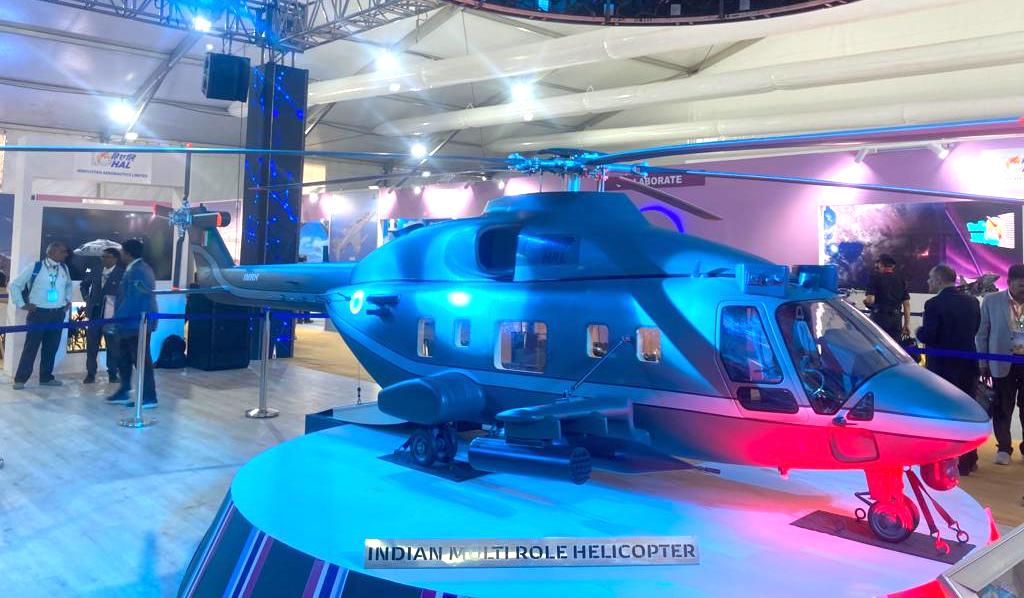
The Indian Multi-Role Helicopter (IMRH) project, proposed by the prestigious Hindustan Aeronautics Ltd (HAL), is gearing up for significant advancements in the coming months. As the Detailed Project Report (DPR) nears completion, the HAL is preparing to submit it for approval from the Cabinet Committee on Security (CCS) in the next month.
Anticipated to receive clearance from the CCS by the last quarter of this financial year, HAL is eagerly moving forward with its vision for the IMRH.
Continue readingSOURCE: RAUNAK KUNDE / NEWS BEAT / IDRW.ORG
India and France have agreed to further cooperation on ambitious submarine projects following the successful conclusion of the Kalvari class submarine program. This partnership hints at a closer working relationship between the two nations as they embark on India’s most ambitious submarine program yet—the development of three nuclear attack submarines for the Indian Navy.
The French Naval Group has been vocal about its interest in collaborating with India on the supply and development of “Non-Nuclear” systems for India’s nuclear attack submarine program. This collaboration opens up possibilities for joint initiatives and technology transfer between the two countries, further strengthening their defence ties.
Continue readingSOURCE: RAUNAK KUNDE / NEWS BEAT / IDRW.ORG
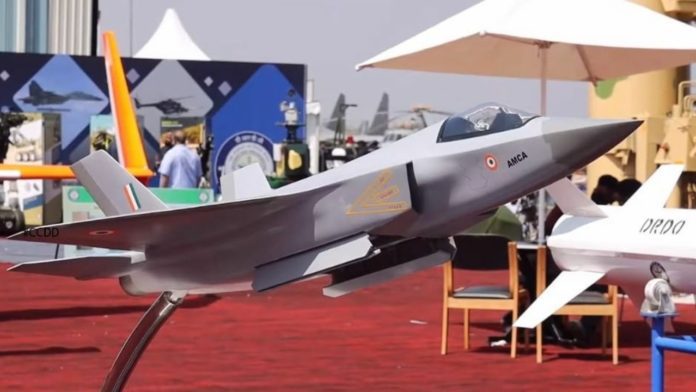
The ambitious Advanced Medium Combat Aircraft (AMCA) program is poised to take off following a landmark agreement between India and France to jointly co-develop a new engine for India’s fifth-generation AMCA fighter jet. The breakthrough might soon come when Cabinet Committee on Security (CCS) grants clearance for a ?15,000 crore investment in the AMCA program, encompassing prototype development and flight testing.
The engine front had been a key obstacle, and the Ministry of Defense (MoD) was eager to resolve the engine deal before the AMCA program could progress further. With the engine collaboration in sight, the chances of the AMCA receiving CCS clearances are expected to align with the final agreement for engine development, potentially later this year or early next year.
Continue readingSOURCE: RAUNAK KUNDE / NEWS BEAT / IDRW.ORG
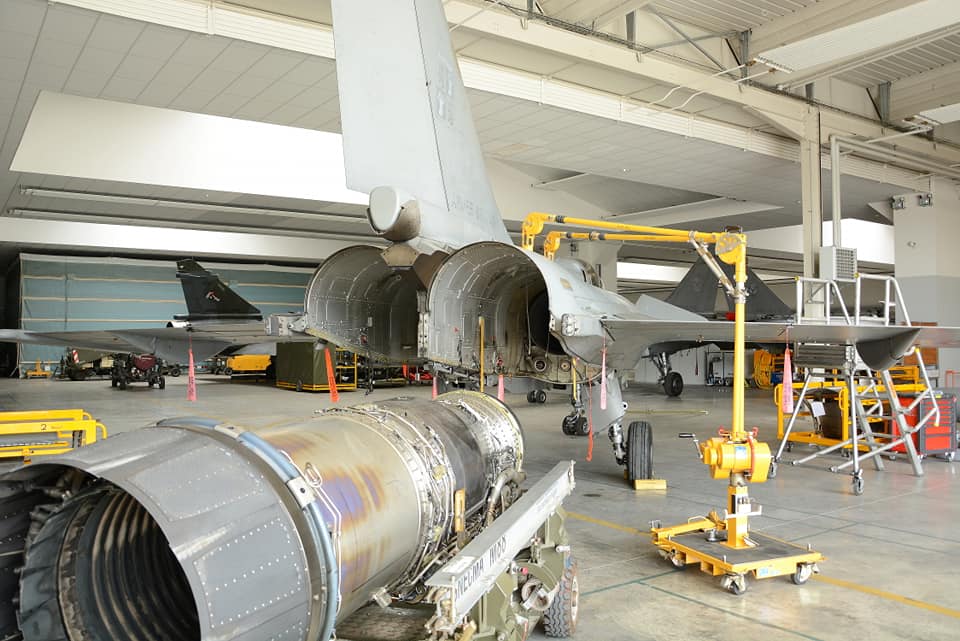
In a significant development for the future of military aviation, France’s Safran Group is working on a heavily modified M88 engine to power its sixth-generation fighter jet prototypes. The same engine is expected to serve as the base for the development of an Indo-French jet engine for India’s fifth-generation AMCA (Advanced Medium Combat Aircraft) fighter jet program. This collaboration marks a crucial step in advancing the capabilities of both nations’ fighter fleets and strengthening their defence ties.
The M88 engine, which currently powers the Dassault Rafale, is known for its reliability and performance, producing 75kN of wet thrust. However, India’s Defense Research and Development Organization (DRDO) requires an engine capable of generating 75kN of dry thrust and wet thrust of around 110-120kN for the ambitious AMCA program. Safran Group is rising to the challenge, working on a high-thrust engine capable of delivering 125-130kN thrust for France’s sixth-generation fighter jet.
Continue readingSOURCE: RAUNAK KUNDE / NEWS BEAT / IDRW.ORG

India’s state-owned Mazagon Dock Shipbuilders Limited (MDL) and the Indian Navy have initiated the design work for a new class of Hunter Killer SSK (Diesel-Electric) submarines. The detailed engineering design is expected to be completed by 2028, with construction on the submarines projected to commence from 2032 onwards.
The upcoming submarine will be based on the technology obtained from the Kalvari Class submarines while incorporating approximately 70% indigenous technologies. It will undergo significant upgrades to its propulsion system, batteries, sonar systems, navigation system, communication systems, weapons systems, life support systems, and fire control systems.
Continue readingSOURCE: RAUNAK KUNDE / NEWS BEAT / IDRW.ORG
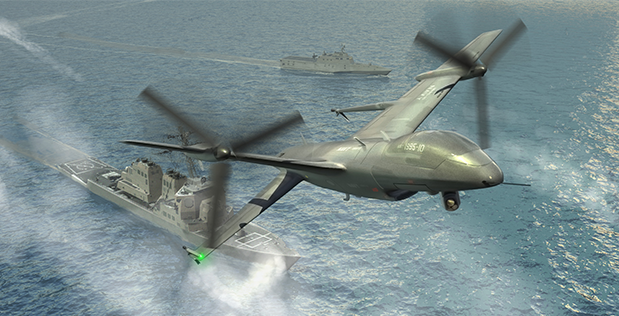
representational image
The Aeronautical Development Establishment (ADE) is set to design an autonomous ship-based reconnaissance aircraft capable of vertical take-off and landing (VTOL). This VTOL drone aims to be a runway-independent, cost-efficient aircraft with versatile capabilities, including reconnaissance, intelligence collection, and ship-to-shore logistics support. The innovative drone will possess advanced features and the ability to operate in adverse weather conditions without the need for traditional infrastructure.
The VTOL drone being developed by ADE will be specifically designed to operate from ships, making it highly adaptable and flexible for various naval missions. Its vertical take-off and landing capabilities will eliminate the requirement for conventional runways, enabling it to operate from confined spaces such as ship decks.
Continue readingSOURCE: RAUNAK KUNDE / NEWS BEAT / IDRW.ORG

TATA Group has emerged as a leading contender to replace Anil Ambani’s Reliance Group as a partner for the French company Dassault Aviation in their joint venture (JV) known as Dassault Reliance Aerostructure Ltd (DRAL). Recent reports suggest that Dassault Aviation has decided to withdraw from the venture, leading to the dissolution of the partnership.
Dassault Reliance Aerospace, a subsidiary of DRAL, is involved in the supply of aero structure assemblies for Falcon 2000 business jets and components for Rafale aircraft. The company operates within the global supply chain of Dassault Aviation, with its facility located at the Mihan Special Economic Zone (SEZ) in Nagpur, Maharashtra.
Continue readingSOURCE: RAUNAK KUNDE / NEWS BEAT / IDRW.ORG

Safran Aerospace, a leading French aerospace company, has recently reached agreements with Hindustan Aeronautics Limited (HAL) to hand over the complete Transfer of Technology (ToT) for the SHAKTI 1H1 engines. These engines power Indian-made helicopters such as the ALH MKIII (Dhruv), MK IV (Rudra – WSI), and LCH (Light Combat Helicopter). This development marks a significant step forward in India’s indigenization efforts and its goal of manufacturing all components and subsystems domestically.
HAL has already manufactured 500 Shakti engines, but until now, the engines were partly manufactured by HAL under license from Safran. The Shakti engine is a derivative of the Safran Ardiden 1H1, specifically designed for high-altitude operations. India is the only user of the Shakti engines, which have demonstrated their reliability and performance in various operational scenarios.
Continue readingSOURCE: JOYDEEP GHOSH/ FOR MY TAKE / IDRW.ORG

A Main Battle Tank or MBT or just tank is the most destructive and powerful land assault system for an army column. The tank that weighs anywhere between 40 tons (medium) to 68 tons (heavy) to 25 tons (light), and is key to any assault that it spearheads. Tanks are mobile, Armoured, heavy weapons platforms and the tank gun is the most critical part of the tank. Most of today’s modern day tank guns are above 100mm (105 mm, 115 mm, 120 mm, 125 mm) with 120mm being the most common.
The tank guns are housed in a rotating turret which allows the tank to engage enemy targets at just about any orientation. There are 2 types of tank guns that are differentiated by the make of barrel, smoothbore and rifle bore. A smoothbore barrel is completely smooth on the inside, cut into the metal, while a rifled-bore barrel has spiraling grooves cut on the inside of the barrel, that help guide a tank shell down the length of the barrel.
Continue readingSOURCE: RAUNAK KUNDE / NEWS BEAT / IDRW.ORG
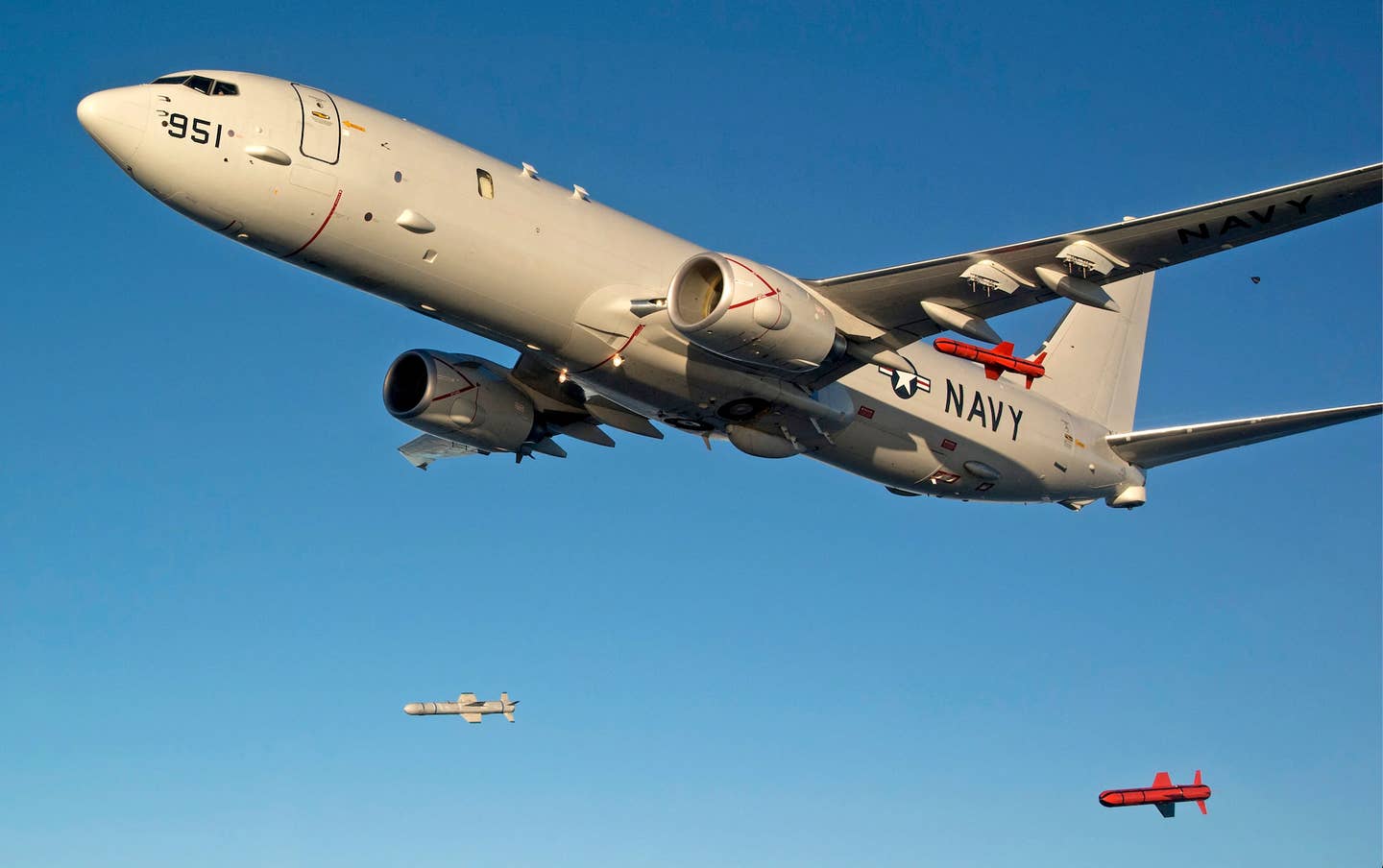
Indian Navy officials and representatives from BrahMos Aerospace are engaged in discussions regarding the potential integration of the BrahMos-NG Air Launched Cruise Missile (ALCM) onto the underwing pylons of the P-8I aircraft. These discussions are taking place in anticipation of the developmental trials of the missile system, which are expected to commence by the end of next year, starting with the Indian Air Force’s Sukhoi-30MKI aircraft.
Sources familiar with the matter have confirmed that the P-8I aircraft will be capable of carrying four BrahMos-NG missiles under its wings, with each underwing pylon capable of supporting at least 1.3 tons, plus the adapter. However, further studies and evaluations, in collaboration with Boeing, are necessary to confirm the feasibility of effectively integrating the missile system onto the aircraft, taking into account its technical specifications and operational requirements.
Continue readingSOURCE: RAUNAK KUNDE / NEWS BEAT / IDRW.ORG
The Indian Navy (IN), along with the Bhabha Atomic Research Centre (BARC) and the Electronics Corporation of India Limited (ECIL), signed a tripartite memorandum of understanding (MoU) on July 10, 2023. The MoU aims to facilitate the indigenous development and production of various control systems and multifunctional display/control consoles for the IN’s projected fleet of six nuclear-powered attack submarines (SSNs).
The signing ceremony took place in the presence of Vice Admiral Dinesh K Tripathi, Flag Officer Commanding-in-Chief, Western Naval Command, and Dr Ajit Kumar Mohanty, Secretary of the Department of Atomic Energy. The collaboration seeks to enhance self-reliance and support the indigenous manufacturing of 11 types of control systems, including those used by the 90mWt pressurized water nuclear reactors, which were previously imported from Russia’s JSC Concern Avrora SPA for the IN’s S-2, S-3, and S-4 SSGNs.
Continue readingSOURCE: RAUNAK KUNDE / NEWS BEAT / IDRW.ORG

Hindustan Aeronautics Limited (HAL), the Indian state-owned aerospace and defence company, has recently received a restricted type certificate from the European Aviation Safety Agency (EASA) for its twin-engine Dhruv advanced light helicopter. Building on this achievement, HAL is now set to embark on the EASA certification process for its single-engine LUH (Light Utility Helicopter). This move will enable the civilian variant of the LUH to be marketed and sold in the European market.
The LUH is a cutting-edge helicopter in the 3-ton class, boasting state-of-the-art technology features such as a glass cockpit with multi-function displays (MFD). Powered by a single turboshaft engine with ample power margin to handle demanding high-altitude missions, the LUH is designed to meet the evolving needs of this class of helicopters in the coming decades.
Continue reading